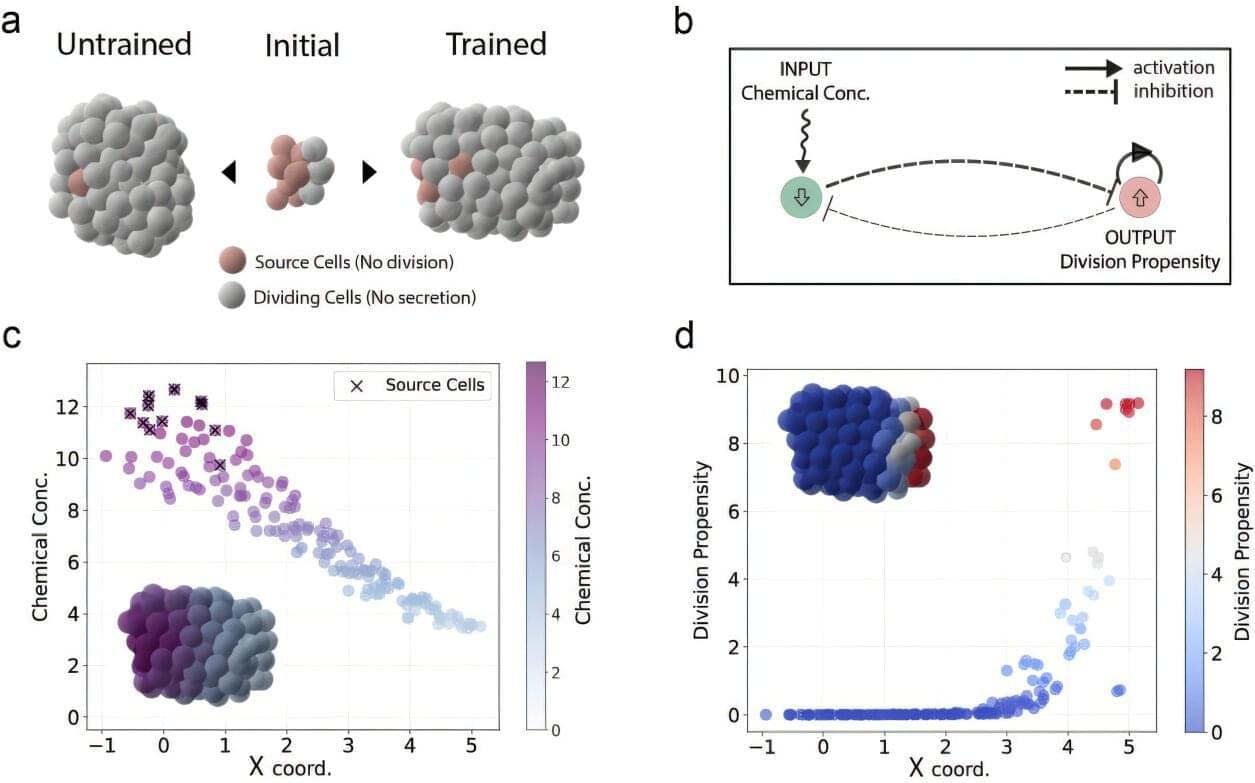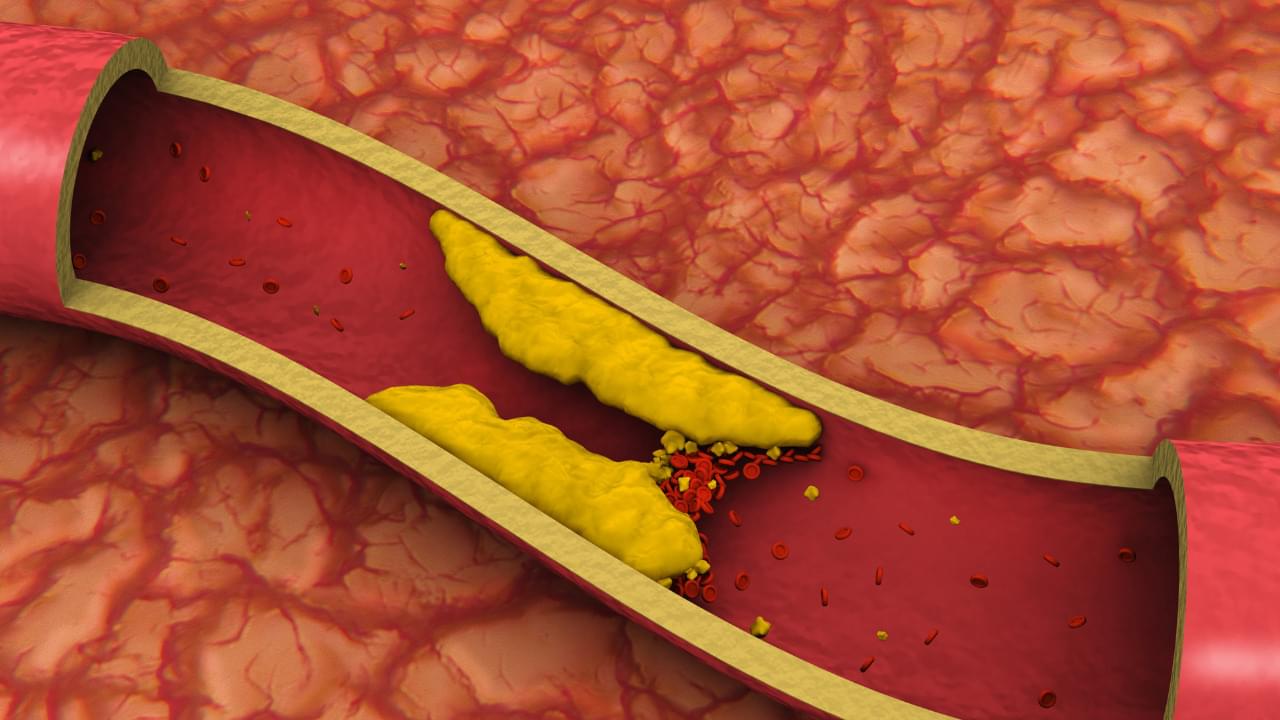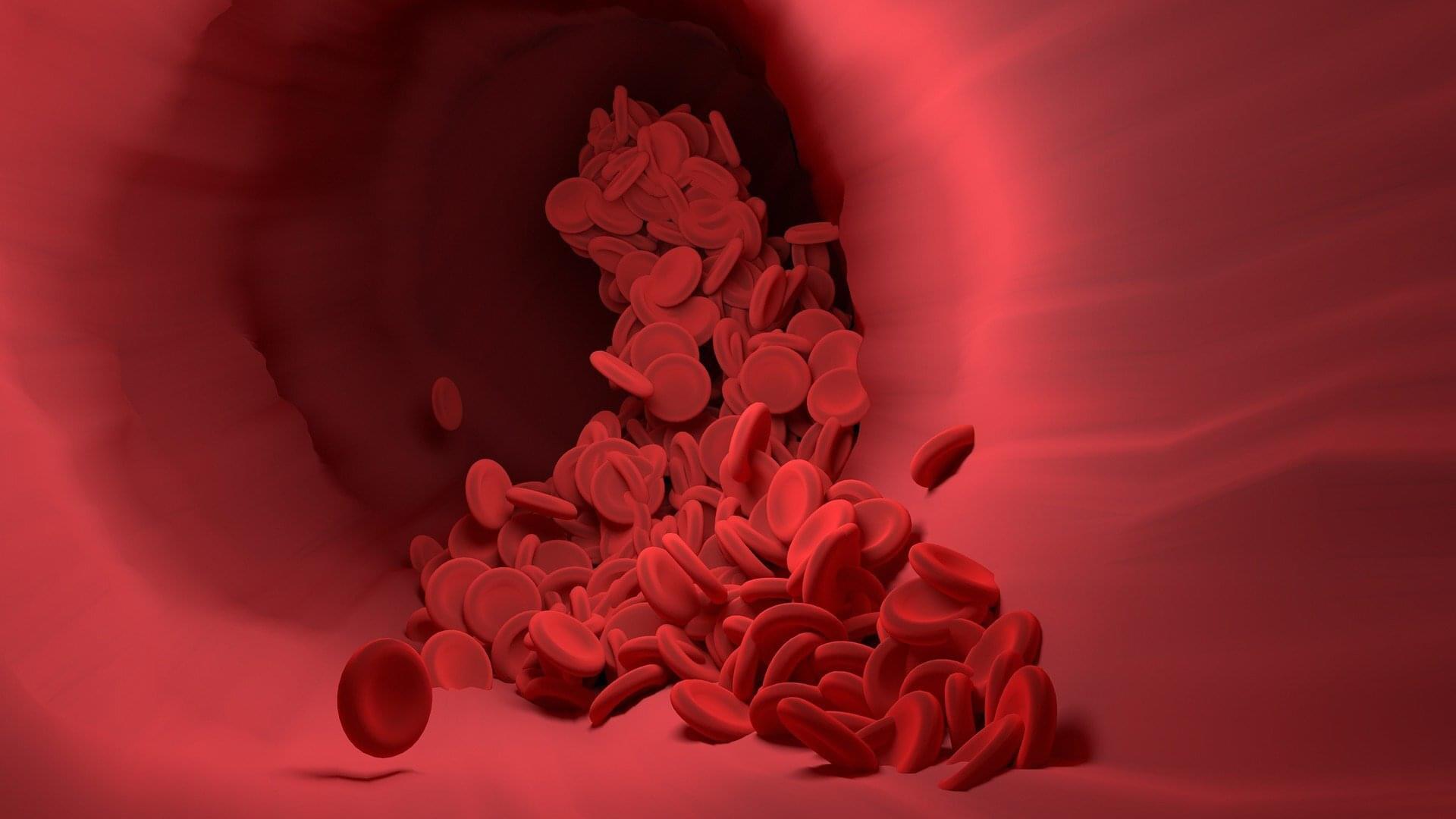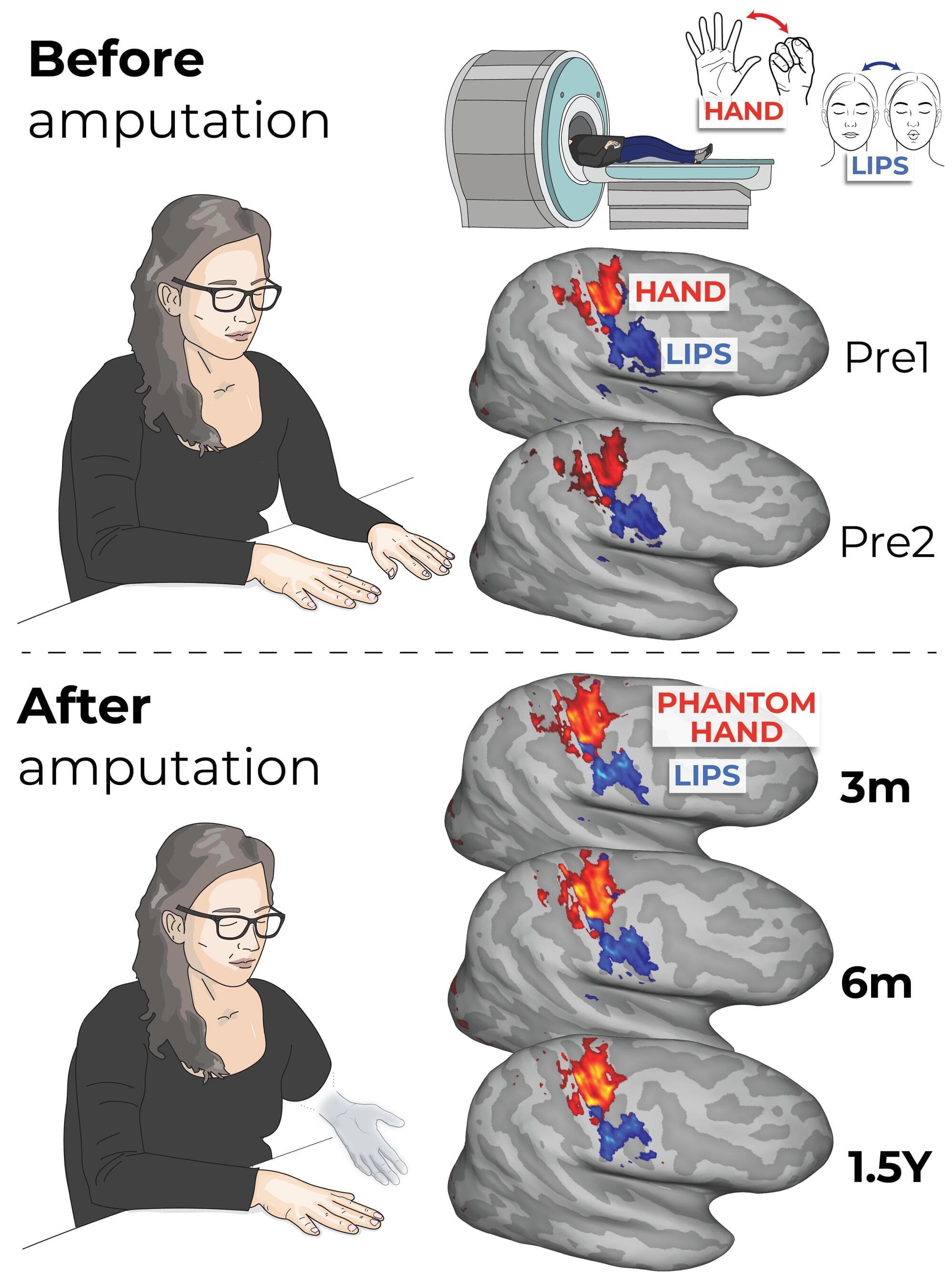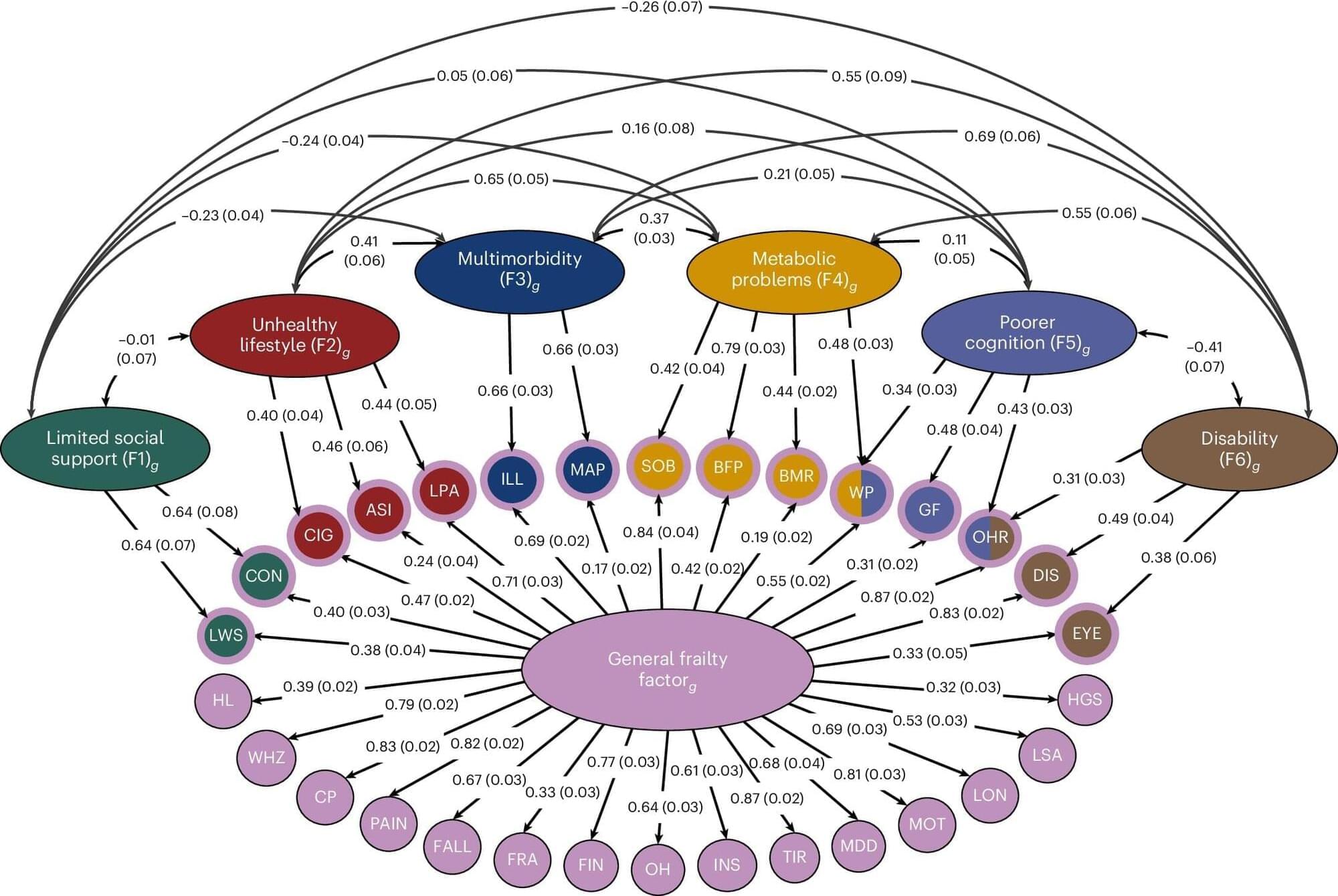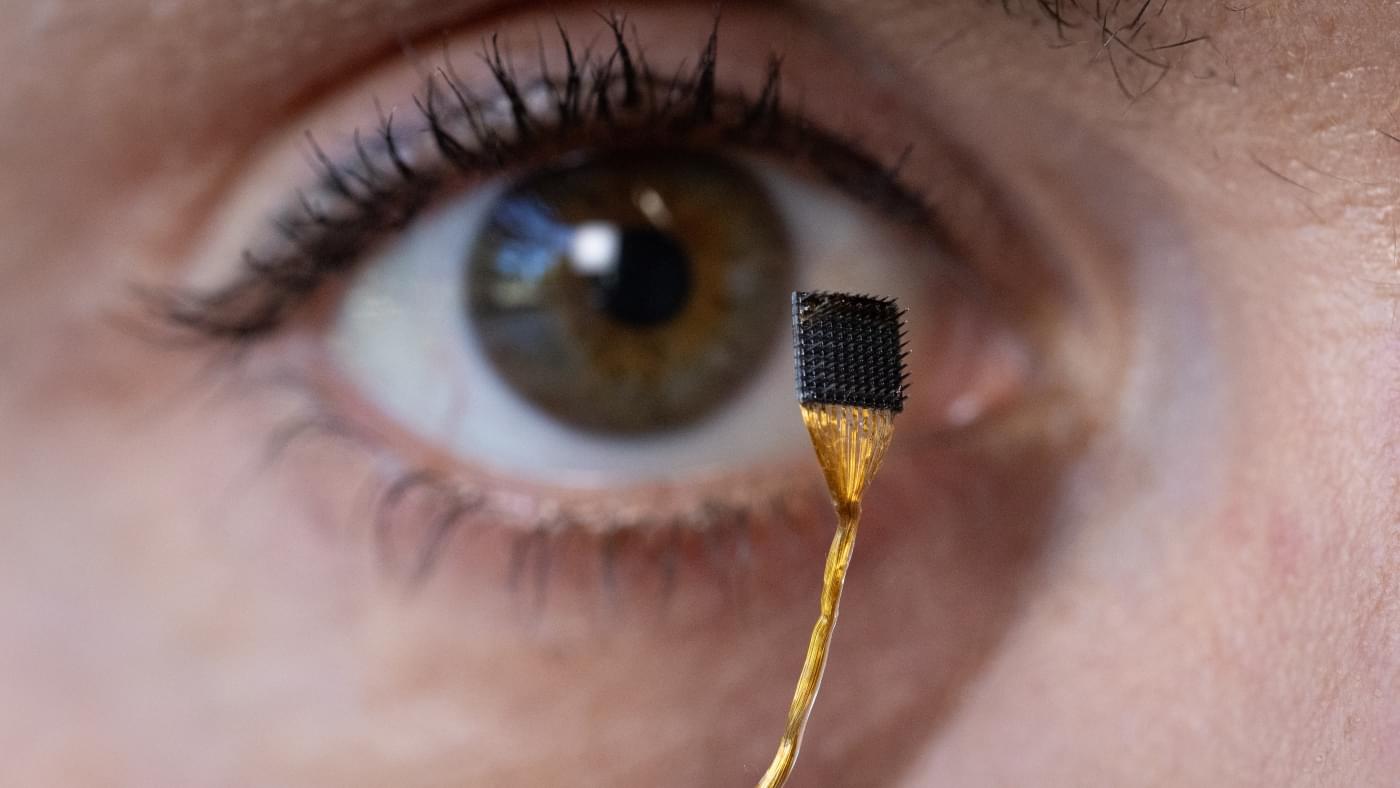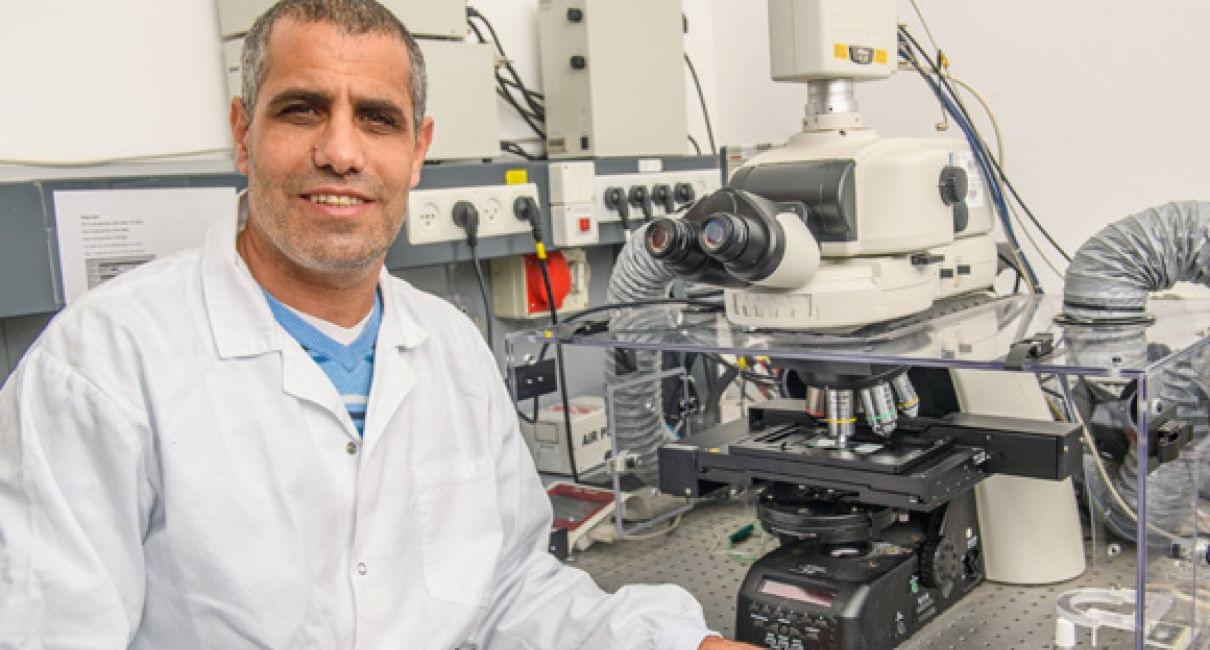Scientists in the US discovered that zinc-ion batteries could potentially replace lithium-ion ones as fast charging makes them stronger instead of wearing them down.
Led by Hailong Chen, PhD, an associate professor in the George W. Woodruff School of Mechanical Engineering at Georgia Tech, the research overturned the long-standing assumption that fast charging is risky.
Instead, the findings revealed that charging zinc-ion batteries at higher currents can extend their lifespan and potentially revolutionize how energy is delivered to homes, hospitals, and the grid.
